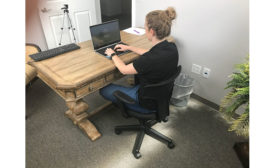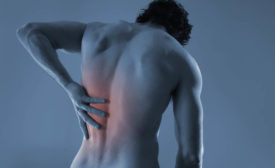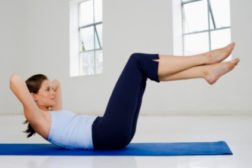Home » Keywords: » posture
Items Tagged with 'posture'
ARTICLES
A look back at AIHce 2014
Yant lecture examines effects of working postures on male and female workers
September 8, 2014
4 ways to turn good posture into less back pain
Practicing some imagery and a few easy exercises can help improve body movement
March 1, 2013
Get our new eMagazine delivered to your inbox every month.
Stay in the know on the latest safety trends.
SUBSCRIBE TODAYCopyright ©2024. All Rights Reserved BNP Media.
Design, CMS, Hosting & Web Development :: ePublishing




